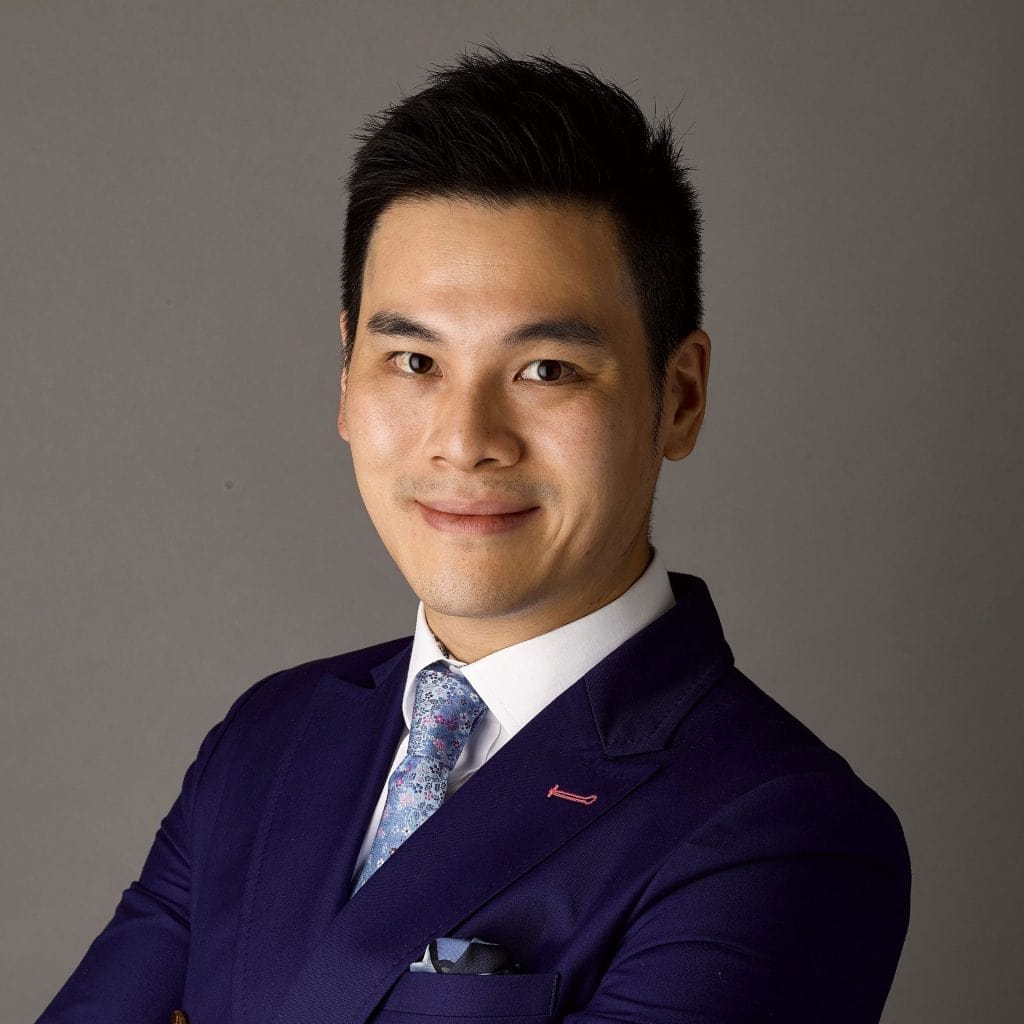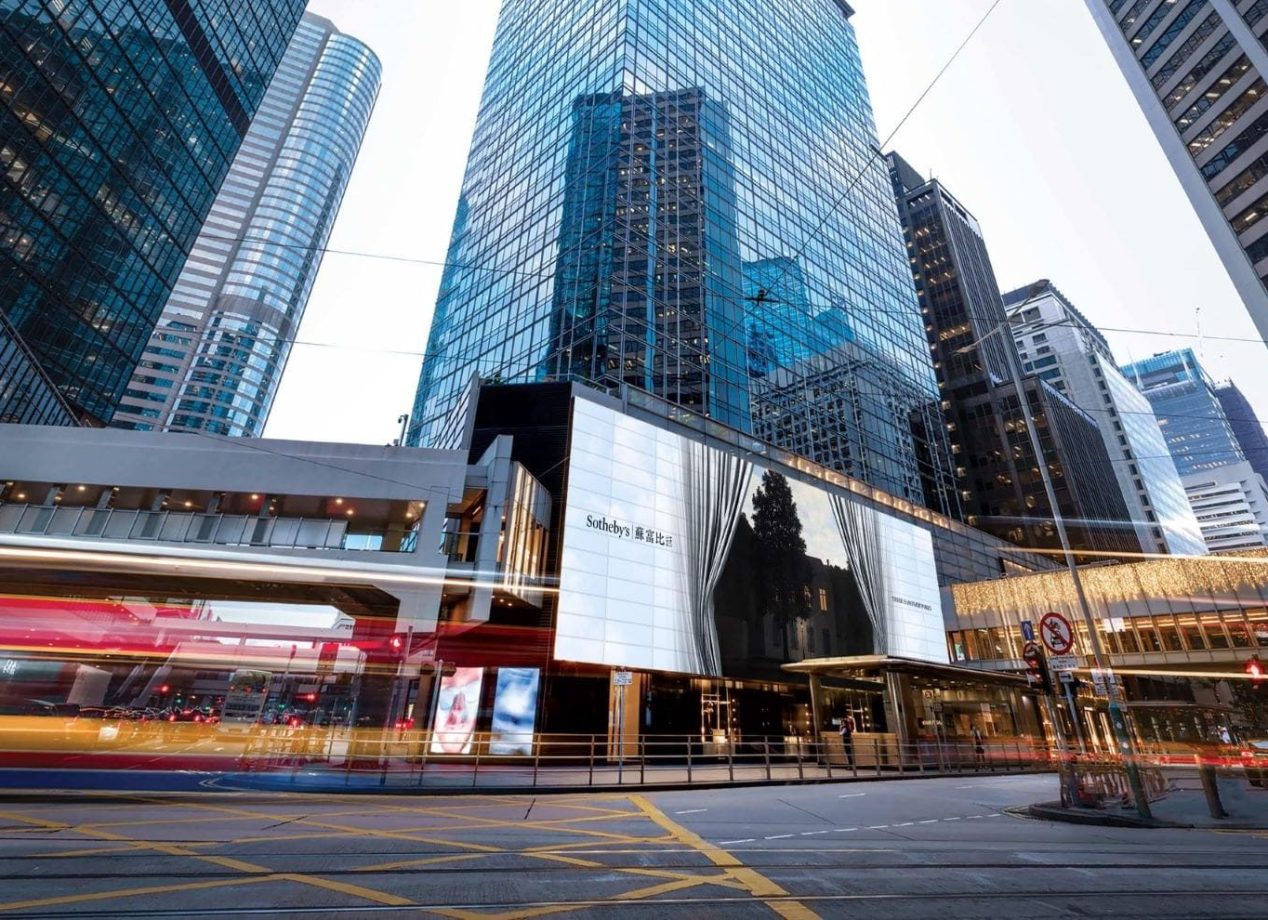Named one of Observer’s most influential people in art for 2024, course leader Felix Kwok provides a deep dive into the dynamic Hong Kong art scene. From its thriving galleries to its global market influence, discover what makes this cultural hub so exciting—and what participants can expect from the Navigating the Hong Kong Art Scene course.
 What makes Hong Kong a unique and dynamic hub for the contemporary art scene?
What makes Hong Kong a unique and dynamic hub for the contemporary art scene?
Hong Kong boasts world-class infrastructure in finance, trading, the legal system, and fine arts. Art lovers and collectors can explore premier galleries, art fairs, auction houses, and museums in this vibrant city. They can also easily acquire art with great efficiency, highlighting Hong Kong's status as a leading international art hub.
How would you define the role of Hong Kong in the global art scene?
Hong Kong serves as a vital connector between Asia, Europe, and America, establishing itself as a world-class art hub, on par with New York, London, and Paris.
How do you see the relationship between traditional cultural influences and contemporary art practices in Hong Kong evolving?
Hong Kong has a rich history of traditional Chinese art collecting dating back to the early 20th century. In the past two decades, modern and contemporary art have gained significant popularity. The recent completion of the West Kowloon Art and Cultural District, which includes the Hong Kong Palace Museum and M+ Visual Art Museum, underscores Hong Kong's importance in promoting both traditional and contemporary art and culture.
What are the key takeaways students will gain from the Navigating the Hong Kong Art Scene course that will be valuable in their careers?
This course is designed for students interested in exploring the art ecosystem in Hong Kong and Asia. Led by senior industry mentors, students will gain an understanding of art operations and firsthand insights from our speakers, highlighting the ecosystem's role in promoting traditional and contemporary art and culture.
What should students expect from the insider tours of auction houses and galleries?
Through insights from leading gallerists and auction house specialists, students will gain a practical understanding of how galleries and auction houses operate. This knowledge will illuminate the primary and secondary art markets, providing a clearer perspective on career development.
How does the course help students navigate the art world professionally, whether they are new to the field or looking to advance their careers?
In addition to classroom learning, this course offers site visits and speaker exchange opportunities to provide in-depth insights for career planning and advancement.
How has the growing influence of young collectors shaped the Hong Kong art market?
The emergence of a new generation of collectors has significantly transformed the art market in Asia. Young collectors, primarily born after the 1980s, have played a crucial role in the rise of modern and contemporary art over the past 20 years, as well as in the recent popularity of NFTs, handbags, and sneakers. Additionally, they have initiated new ventures such as art funds, art fairs, and art media, thereby enriching the art ecosystem in Asia.
Can you share some tips for those interested in a career in collecting?
Success in collecting requires dedication, but the right steps can optimize your time and effort: view more quality art pieces, read related materials, refine your vision, and engage with experts. This approach will help you become a proficient collector and build an impressive collection.
